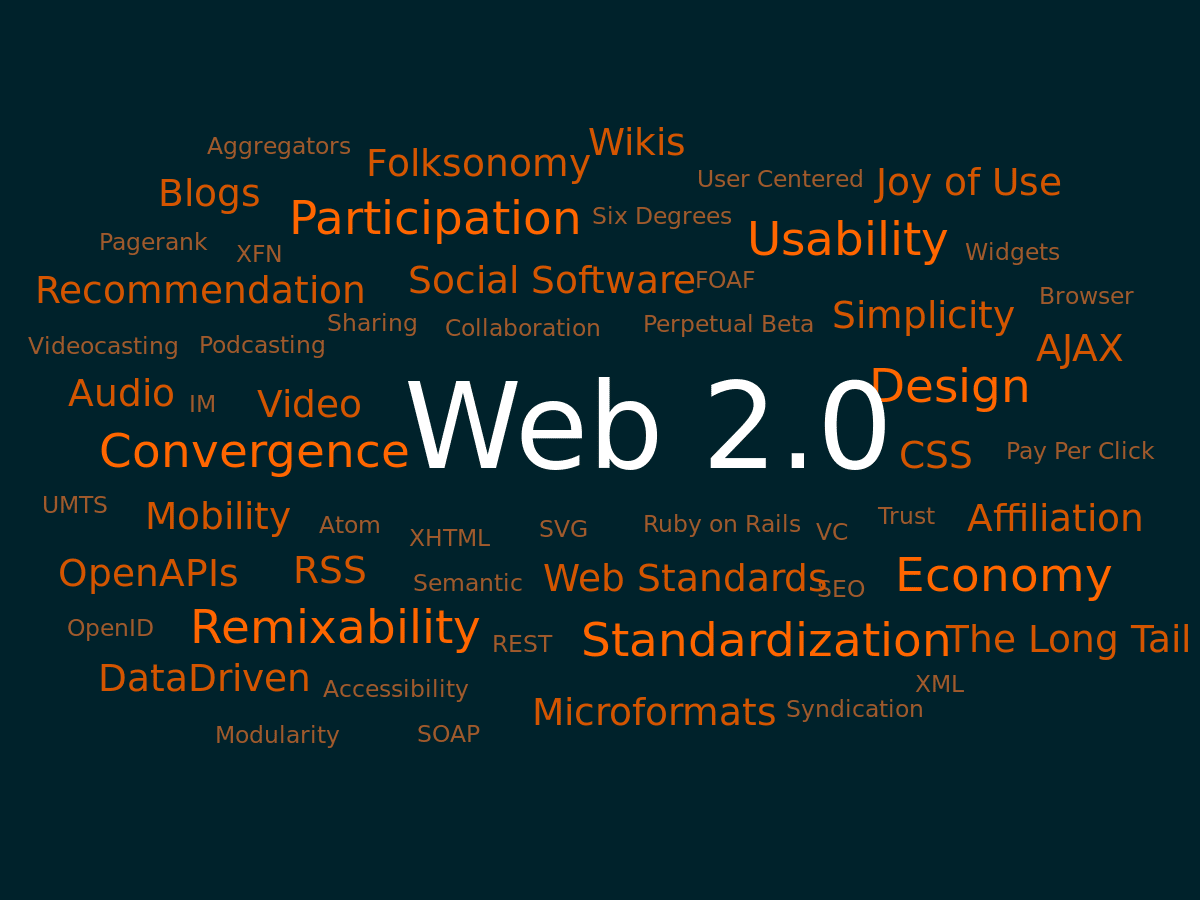During their Creator Week 2022 event, Meta made an important announcement. The company intended to allow Instagram users to create, view, and sell NFTs through their Instagram accounts. The announcement was met with both astonishment and uncertainty. However, the broader meaning of meta-ads means another Web 2.0 No institution pays more attention to Web 3. Aside from the Instagram announcement, we recently saw J.P. Morgan and even Google have made significant policy changes that signal a shift in attention to Web 3. Why are these institutions doing this? Change now?
From Web 2.0 to Web 3.0, with Love
In the last week or so, three major institutions have taken massive strides toward adopting Web 3.0. These institutions are generally thought of as Web 3’s deadly enemies. However, they are crossing the aisle to create amazing experiences and products using blockchain technology.
JP Morgan
In the first week of November 2022, JP Morgan conducted its first live trade on a public blockchain. The deal was to issue S$100,000 in S$100,000 tokens as part of the Central Bank of Singapore’s DeFi research pilot programs. After the issuance, the bank traded with SBI Digital Asset Holdings of Japan for tokenized yen. The pilot program is called Project Guardian and is a protocol to understand the feasibility of transactions in government bonds and currencies against liquidity pools of tokenized Japanese government bonds, Singapore dollar (SGD), Japanese yen (JPY), and Singapore government bonds. For JP Morgan, this was essentially an experiment.
Speaking to a panel at the Singapore Fintech Festival 2022 on November 2, JP Morgan blockchain unit CEO Umar Farooq said a few things about trading. He believes that the experiment was successful. It was the first time JP Morgan or any other global bank had tokenized wallets on a blockchain. And it went well.
While there were no unforeseen incidents in the transaction, Farooq argues that for banks like JP Morgan to engage in DeFi full-time, there would need to be an identity solution. He argues that for DeFi to be fully institutionally accepted, a KYC solution must solve the identity problem. Without them, he says, money laundering is inevitable. Finally, he said that JP Morgan solves this problem is to implement verifiable credentials stored in the client’s blockchain wallet. This means a protocol could verify the person’s identity whenever they wished to trade.
But this is more than JP Morgan’s first blockchain attempt. The bank conducted an intraday repo transaction over the blockchain in 2020. While it admitted at the time that current operational constraints prevented it from continuously using the blockchain during day-to-day trading, the bank’s involvement in the project shows it’s even more poised to test the DeFi waters.
Traditional Institutions and Web 3.0
There has been a lot of talk about Web 3.0 being the killer of Web 2.0. But Web 2.0 institutions are not interested in fighting against Web 3.
From governments testing CBDCs to banks like JP Morgan trying to launch their cryptocurrency, traditional institutions are beginning to see the promise of Web 3.0 But doesn’t that mean the new web age has stopped replacing them? Would they rather coexist with these institutional actors? The answer is a bit more complex. Institutions like Facebook, JP Morgan, and Google are not tied to Web 2.0
These institutions have grown in wealth and influence under the current world order. However, they must adopt aspects of the new order to create a balanced product for their customers. Their loyalty is always to their business, not the model by which it is run. If most of your customers and clientele are moving to decentralized data solutions, so will they.
The timing of these steps. If these institutions wanted to embrace Web 3.0 technology, wouldn’t they have done so during the massive bull run that cryptography is having right now? Two possible reasons can explain this. First, institutions like big banks and social media giants like Meta don’t think about bull runs and bear runs.
You take a longer-term view of trends. It is irrelevant to them whether an industry is in a bull or bear race. They see it as an industry that takes ten steps forward and maybe three steps back. It means they have not paid attention to Web 3.0 due to its upswing.
Rather, they paid attention to him because of his real potential. Another reason why these institutions are now paying attention to Web 3.0 is that they are extremely proactive. A good example of this proactivity is Meta. According to company insiders, Meta’s goal is to kill Meta.
The company is constantly looking for new ways to transform its industry. Your goal is to create products that make your existing products useless. This also applies to many traditional institutions. Their ideological allegiance isn’t to the business model they run but to the company itself. So it makes sense to pay attention to which technology has the highest chance of displacing them. Then they try to take it over so the business can thrive.
There has been a lot of talk about Web 3.0 being the killer of Web 2. But Web 2.0 institutions are not interested in fighting Web 3. From governments testing CBDCs to banks like JP Morgan trying to launch their cryptocurrency, traditional institutions are starting to see the promise of Web 3.0
But doesn’t that mean the new internet age won’t replace them anymore? Would they rather coexist with these institutional actors? The answer is a bit more complex. Institutions like Facebook, JP Morgan, and Google are not tied to Web 2.0 These institutions have grown in wealth and influence under the current world order.
However, they must adopt aspects of the new order to create a balanced product for their customers. Your loyalty is always to your company, not the model by which it is run. If most of your customers and clientele migrate to decentralized data solutions, so will they.


